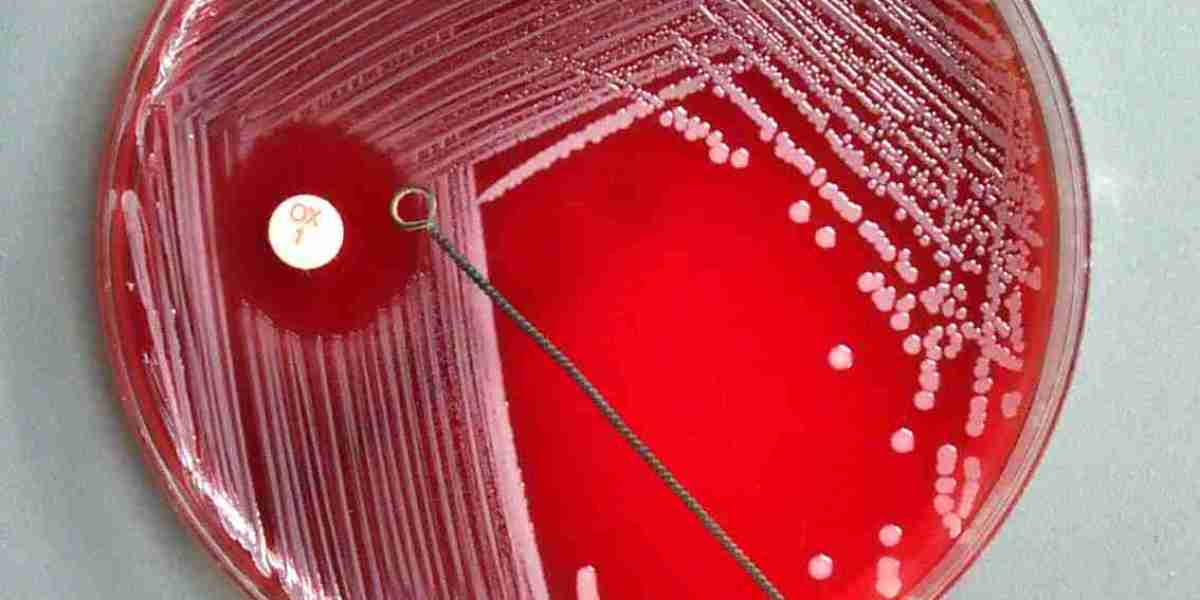The antimicrobial susceptibility test (AST) market is undergoing a transformative shift, with technological advancements in diagnostic tools and testing methods driving its growth and unlocking new potential across the global healthcare landscape. As the world grapples with rising antimicrobial resistance (AMR), the need for accurate, fast, and scalable testing has never been more urgent. In response, researchers and diagnostic companies are innovating beyond traditional methods to develop sophisticated AST platforms that deliver precision results with greater speed and reliability.
The Growing Need for Advanced AST Solutions
The global burden of AMR continues to rise, threatening the efficacy of existing antibiotic therapies and increasing healthcare costs, patient morbidity, and mortality. In such a climate, early and accurate identification of resistant pathogens becomes essential. AST serves as the cornerstone of infection management, enabling physicians to prescribe the most effective treatment based on real-time susceptibility profiles.
However, traditional methods of AST—such as disk diffusion or broth dilution—can take 24 to 72 hours or more to yield results. This delay often forces clinicians to prescribe broad-spectrum antibiotics as an interim measure, which can exacerbate resistance and negatively impact patient outcomes. As a result, there is a growing demand for next-generation AST tools that are not only faster but also highly precise and easily integrated into modern clinical workflows.
Key Technological Breakthroughs Driving Market Growth
1. Automated AST Systems
Automation has revolutionized clinical microbiology laboratories by improving test throughput, reducing human error, and enhancing result reproducibility. Systems like VITEK, BD Phoenix, and MicroScan offer automated culture, detection, and reporting functionalities, significantly reducing turnaround times and labor costs.
2. Rapid Molecular Diagnostic Tools
Molecular diagnostics have introduced AST capabilities that can deliver results within hours by detecting genetic markers of resistance. Technologies such as polymerase chain reaction (PCR) and isothermal amplification can identify resistance genes directly from patient samples, even before culture growth.
These tools are particularly valuable for critical infections where time is of the essence, such as sepsis or hospital-acquired infections. Their speed supports early intervention and tailored antibiotic therapy.
3. Microfluidics and Lab-on-a-Chip Systems
Microfluidic AST platforms represent a promising frontier in diagnostics, using miniature channels to analyze bacterial response to antibiotics at the microscale. These systems drastically reduce reagent volumes and testing time, allowing for rapid, high-throughput testing in compact formats.
Lab-on-a-chip technology is especially suited for point-of-care (POC) testing and decentralized healthcare environments, making it ideal for remote clinics and low-resource settings.
4. Next-Generation Sequencing (NGS)
While primarily used for epidemiological studies and research, NGS technologies are becoming increasingly relevant for AST by identifying comprehensive resistance gene profiles. NGS-based AST can uncover emerging resistance patterns and support public health surveillance while enhancing patient-specific therapy decisions.
5. Artificial Intelligence and Data Analytics
The integration of AI and machine learning into AST platforms is enabling smarter data interpretation and predictive analysis. AI tools can identify subtle patterns, compare real-time results with historical data, and suggest optimal treatment options based on individual and population-level trends.
These systems also enhance surveillance by feeding anonymized data into resistance databases, helping track the evolution of AMR on a global scale.
Applications Across Healthcare Ecosystems
Technological innovation in AST is benefitting multiple facets of healthcare:
Hospitals and Acute Care Facilities: Advanced AST systems are reducing diagnostic delays in emergency and intensive care units, supporting faster clinical decisions and improving outcomes for patients with severe infections.
Outpatient Clinics and Primary Care: Portable and automated testing tools are making AST more accessible in ambulatory settings, reducing the need for empirical antibiotic use.
Pharmaceutical and Biotech Companies: Drug developers are leveraging advanced AST tools during antibiotic development to assess efficacy, identify resistance mechanisms, and support regulatory submissions.
Public Health Laboratories: Modern AST methods are aiding in nationwide surveillance efforts, detecting emerging resistance threats, and guiding infection control policies.
Market Opportunities and Industry Dynamics
The adoption of advanced diagnostic technologies is expanding the addressable market for AST, with opportunities emerging across several areas:
Point-of-care AST Devices: There is growing interest in compact, user-friendly devices that can bring susceptibility testing closer to the patient.
Cloud-based Reporting and Analytics Platforms: As interoperability becomes a priority, digital connectivity is being built into AST tools to allow for real-time data sharing and analysis.
Customized AST Panels: Targeted testing panels are being developed for specific pathogens or regional resistance profiles, increasing diagnostic accuracy and clinical relevance.
Challenges to Widespread Adoption
Despite these advancements, challenges remain:
High Costs: Cutting-edge technologies often come with significant upfront costs, limiting adoption in smaller hospitals or low-income countries.
Regulatory Barriers: Obtaining regulatory approval for novel AST devices can be time-consuming and complex, especially when integrating AI or NGS.
Training and Infrastructure: Effective use of advanced AST systems requires skilled personnel and supporting infrastructure, which may not be uniformly available.
Conclusion
Technological advancements in diagnostic tools and testing methods are unlocking the full potential of the antimicrobial susceptibility test market. These innovations are making AST faster, more accurate, and more accessible—qualities that are essential in the global fight against drug-resistant infections. As healthcare systems continue to prioritize precision diagnostics and antimicrobial stewardship, the market for next-generation AST solutions is poised for robust and sustained growth. By bridging the gap between diagnostics and therapy, these technologies are shaping a future where infections are treated more effectively, resistance is better managed, and patient outcomes are significantly improved.




